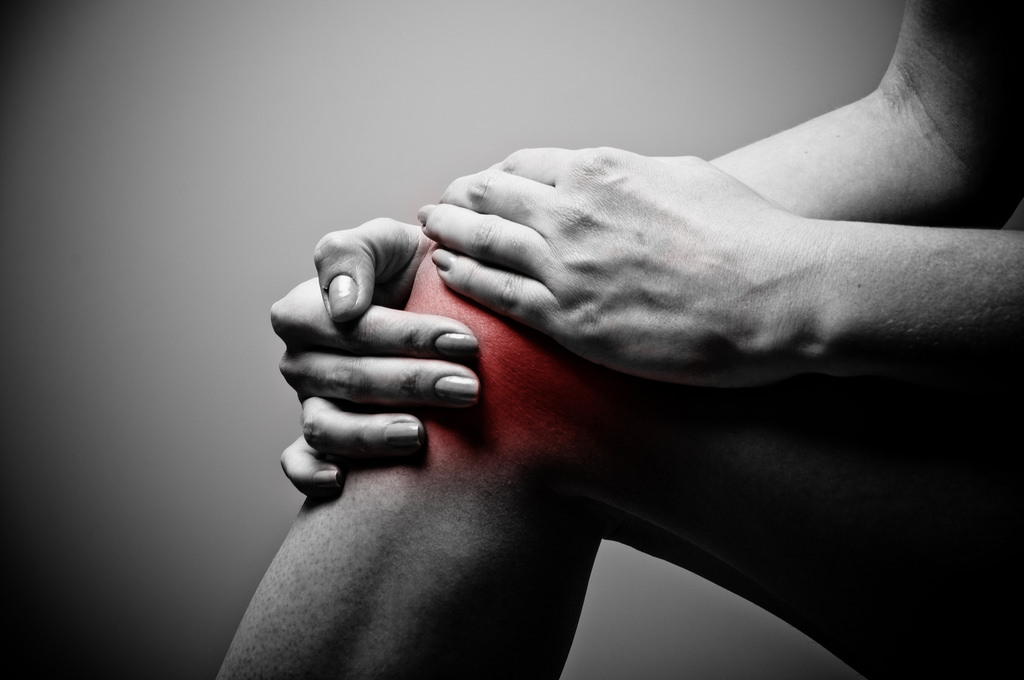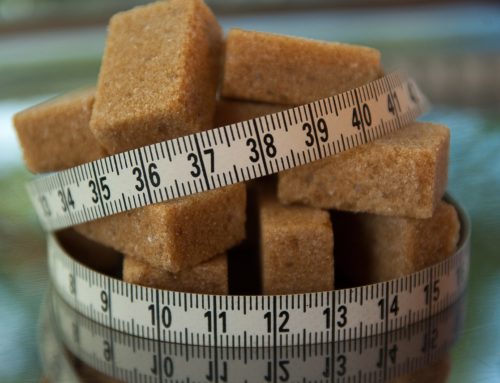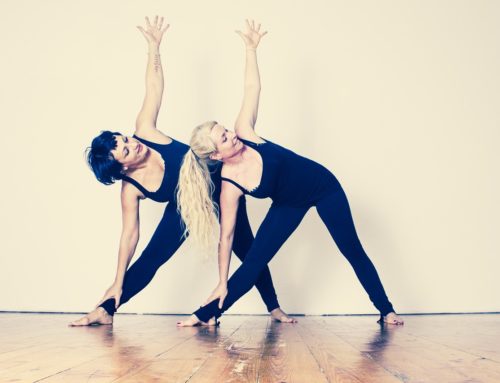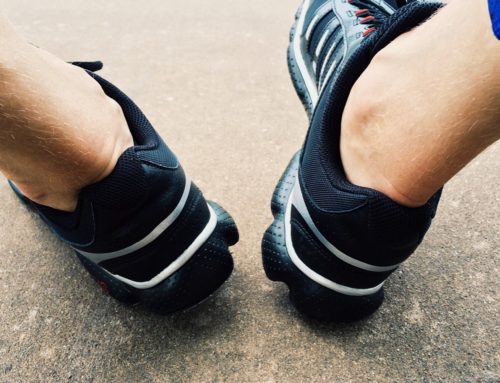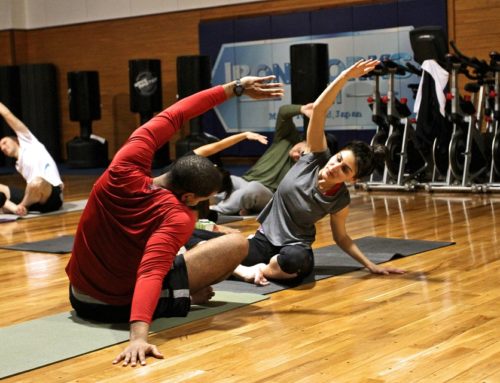How often have we heard that phrase? Yet, do we do anything about it?
Our joints can be overlooked in our exercise routines.
Below is an easy to follow routine from Talaya to build healthy joints for all that you do
Wall/Ankle Stretch
This stretches the calves (soleus and gastrocnemius muscles) and Achilles tendon to improve dorsiflexion, the action of lifting the foot and bringing the toes closer to the shin.
Stand facing a wall with your toes about 2 inches away.
Bend your knee forward, trying to touch it to the wall without lifting your heel off the ground.
Repeat for 5 repetitions.
Move back 1 inch and continue the pattern until your knee can no longer reach the wall.
The A-B-C Drill
Wall lounge
This exercise is great for improving range of motion in all directions.
Assume a seated position.
With one foot, trace an outline of the entire alphabet as big as possible.
First do upper case letters, then lower case letters with each foot.
Hip mobility
The hip joint supports body weight in both static and dynamic positions. Thus, hips have a huge impact on athletic performance. They are involved in just about every athletic action—sprinting, jumping, pushing and changing directions. Unfortunately, the hips are one of the most overlooked and undertrained areas of many athletes’ programs in terms of mobility.
To understand how to properly train the hip joint, it’s important to understand how the hip moves. One of the two ball-and-socket joints in the body (the other is the shoulder), the hip joint moves in multiple ways, including:
Flexion: Movement of the upper leg and knee upward toward the torso
Extension: Movement of the upper leg and knee down and back, away from the torso
Adduction: Movement of the leg inward toward the midline of the body
Abduction: Movement of the leg outward away from the midline of the body
Internal rotation: Rotation of the upper leg and knee inward toward the midline of the body
External rotation: Rotation of the upper leg and knee outward away from the midline of the body
We typically find inadequate strength in hip extension, abduction and external rotation, which indicates weak hamstrings, gluteus maximus and gluteus medius muscles. The next three exercises are designed to strengthen these specific areas.
Hip Flexor Stretch
Assume a kneeling position and move one foot out to the front.
Roll your hips forward and maintain an upright position with your upper body.
You will feel this stretch in the hip flexor region of your back leg.
Hold the stretch for 30-60 seconds.
Switch sides and repeat.
Unweighted Bridge
Lie on your back with your knees bent, feet flat on the ground and heels pulled in close to your body.
Lift your hips off the ground as high as you can.
Squeeze your glutes as tight as possible.
Hold for 10-30 seconds.
Slowly lower back to the ground.
Rest for 3 seconds.
Repeat for 1-3 sets of 5-10 repetitions.
Once you have developed adequate strength, try doing a single-leg variation of this exercise.
Fire Hydrant
Assume a hands and knees (quadruped) position.
Raise one leg (bent) out to the side as high as possible, then return it to the floor (like a dog at a fire hydrant, hence the name).
Do not bend your arms or rotate at the spine; movement should only be made at the hip joint.
Perform 1-3 sets of 10 repetitions on each side.
Thoracic spine (T-spine) mobility
The thoracic spine is made up of the 12 vertebrae in the upper back, beginning at the base of the neck. Although it is not strictly speaking a joint, the t-spine is another area of the body that is critical for athletic performance. Poor mobility in the thoracic spine can lead to injuries to the lumbar spine (the five vertebrae that make up the lower back) or the scapula/shoulder blade region. M
Many different exercises can improve thoracic spine mobility. Here’s one:
T-Spine Rotation
Assume a quadruped position.
Place your right hand on the back of your head.
Without bending your left arm, rotate up as high as possible to the right side, trying to look up at the ceiling.
Rotate back down, attempting to bring your right elbow to your left elbow.
Repeat for 1-3 sets of 10-15 repetitions on each side.
Shoulder mobility
The shoulder is the other ball-and-socket joint. Like the hip, it moves in abduction, adduction, flexion, extension, internal rotation and external rotation. Unlike the hip, however, the shoulder joint is greatly impacted by the scapula (shoulder blade). So it is extremely important to have strong scapular/shoulder blade stability. Several exercises can improve scapular stability and shoulder mobility. Here are a few:
The Pass-Through
First, you will need a piece of PVC pipe or a stick about 4-6 feet long.
Grasp the pipe/stick only as wide as you need to in order to raise it over your head and behind your back in one continuous motion without bending your elbows.
Return to the starting position by reversing the motion, moving the stick from behind your back to overhead and finally in front of your body.
Do this 10-15 times, performing 1-3 sets at a time.
Y-W-T-I Series
Lie face up in the prone position.
Extend your arms overhead with your hands flat, fingers together and thumbs pointing toward the ceiling.
Raise your arms as high off the ground as you can without bending your elbows.
Hold for 10 seconds.
Move your arms into the “W” position by bringing your elbows back and making a “W” shape with your arms. Your hands should again be flat, fingers together with your thumbs facing the ceiling.
Hold this position for 10 seconds.
Extend your arms straight out to the side with your hands flat, fingers together, thumbs still pointing toward the ceiling to make a “T” shape.
Hold your arms as high as possible, squeezing your shoulder blades as tight as you can.
After 10 more seconds, move into the last position of the series, the “I” position.
Bring your arms by your sides, then raise them as high as possible without bending your elbows.
Keep your hands flat, fingers together and palms facing the ground.
Hold for another 10 seconds.
Repeat the series 3 times, resting 30 seconds to 1 minute between series.
Band Pull-Apart
Holding a resistance band with both hands, extend your arms directly out in front of you.
Without bending your elbows, pull the band apart and move your arms as far apart as possible, squeezing your shoulder blades together as tightly as you can.
Hold this position for 1-2 seconds.
Slowly return to the starting position.
Repeat for 3 sets of 10-15 repetitions.
